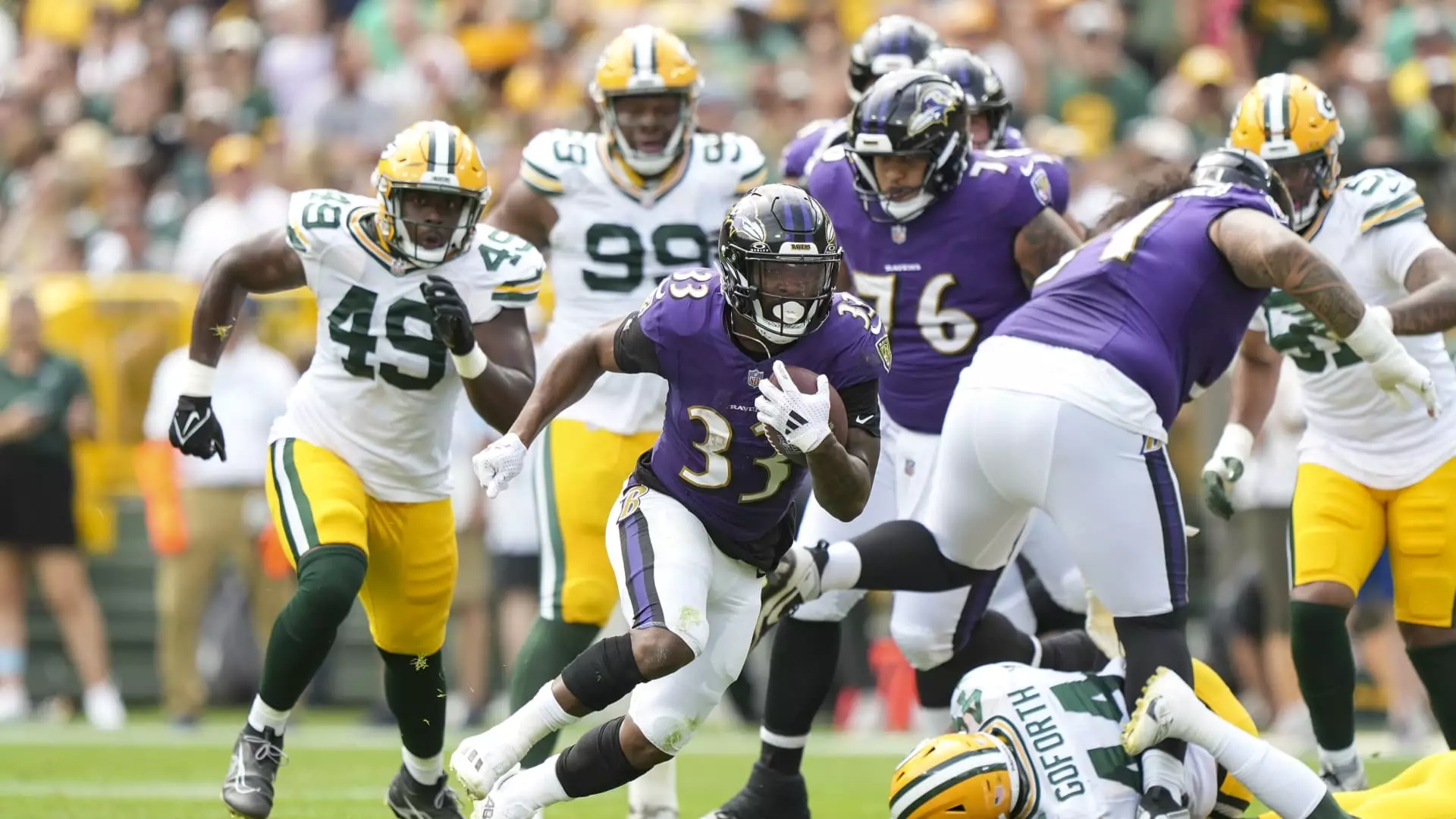The National Football League has made significant strides in expanding its audience and reach through strategic partnerships and exclusive streaming deals with media companies. The league’s executive vice president of media distribution, Hans Schroeder, highlighted the NFL’s commitment to growing its fanbase in the U.S. and globally by securing exclusive streaming rights for popular games. The recent 11-year, $111 billion media rights deal signed by the NFL incorporated streaming as a key component, with major games like “Thursday Night Football” finding a home on Amazon’s Prime Video.
In addition to Amazon, other media companies like Google’s YouTube TV, Comcast’s NBCUniversal, and streaming giant Netflix have also become key players in the NFL’s streaming strategy. The “Sunday Ticket” package, which allows viewers to watch out-of-market games, moved to YouTube TV, while NBCUniversal started streaming “Sunday Night Football” games on Peacock alongside its regular broadcast. Moreover, Netflix secured a deal to broadcast games on Christmas Day, marking a significant milestone in the league’s streaming journey.
The NFL’s venture into streaming has already shown promising results, with exclusive games on platforms like Peacock garnering record viewership numbers. The Wild Card game aired exclusively on Peacock became the most-streamed live event in history, attracting 27.6 million viewers. The league’s decision to experiment with streaming has paid off, as evidenced by the success of exclusive games and events that have drawn in millions of viewers both in the U.S. and internationally.
In line with its goal to broaden its global audience, the NFL has been actively exploring opportunities to expand beyond its traditional U.S. footprint. By streaming games in international markets and securing partnerships with platforms like Netflix, the league aims to reach a broader audience and engage fans worldwide. The Netflix deal, in particular, is positioned to be a global game-changer, with expectations of rivaling viewership numbers comparable to traditional U.S. broadcasts.
Despite its focus on streaming as a central component of its media distribution, the NFL acknowledges the importance of maintaining a presence on traditional TV platforms. Live sports broadcasts continue to draw a significant audience on television, even as the industry shifts towards digital streaming services. The league’s strategy aims to strike a balance between traditional TV and streaming, aligning with consumer preferences and trends in media consumption.
Future Prospects and Growth Opportunities
Looking ahead, the NFL remains committed to expanding its fanbase, exploring new streaming partnerships, and venturing into untapped markets. The success of recent streaming initiatives has paved the way for further growth, with plans to continue delivering exclusive content to viewers across different platforms. By adapting to the evolving media landscape and embracing the digital age, the league is poised to secure its position as a global sports entertainment powerhouse for years to come.

Leave a Reply